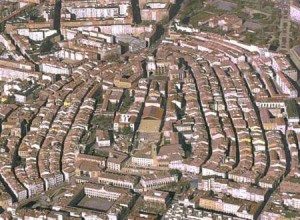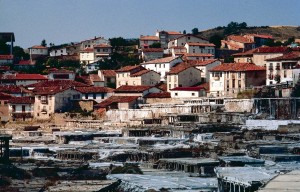Rioja wine region is divided into Rioja Alavesa (Basque Country), Rioja Alta (La Rioja) and Rioja Baja (La Rioja and Navarre). It´s mostly small family wineries, but of course there are also some big ones among them too. A visit to a winery in Rioja is always a delightful experiences, as you spend at least a couple of hours learning how they´ve been making wine during centuries. No wine bars like in Napa valley…it´s a much more enriching experience.
But there´s more to Basque Rioja than wine. When you drive along the roads surrounded by vineyards, you will for sure find a beautiful medieval town on your way. Or several prehistoric monuments, like dolmens and funerary burial sites. Or incredible churches that keep inside amazing altarpieces. Or a walled town, just where lied the borders of the ancient kingdoms of Castile and Navarre. Or maybe just a town with nothing special on it but full of flavor and a particular relaxing atmosphere, where one of its neighbors may invite you to his place for a homemade meal.
Next time you´re there, don´t forget to visit walled Laguardia and the façade of Santa María de los Reyes (a must), Labastida and its fortressed church, medieval Labraza surrounded by nothing but vineyards, Samaniego, Lapuebla de Labarca, Baños de Ebro, Kripán, Elvillar, Elciego and the Marqués de Riscal winery (designed by Frank Gehry, the Guggenheim arquitect)…you´ll find a lovely atmosphere in places where the path of time seems to be slower than in the rest of the world…

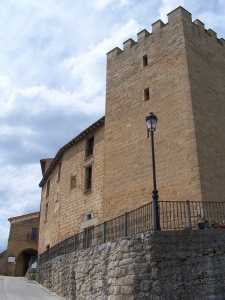
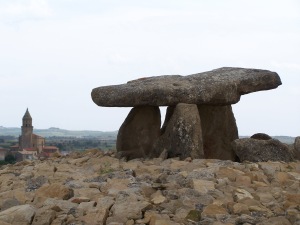
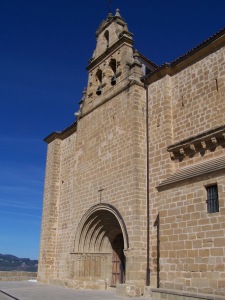
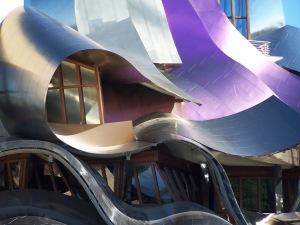
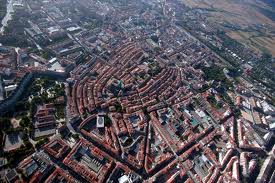
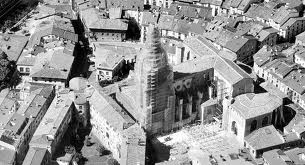
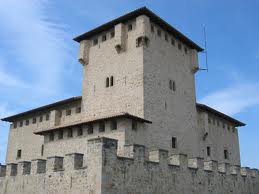
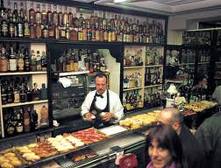 Many potential visitors to the Basque Country tend to ask about
Many potential visitors to the Basque Country tend to ask about 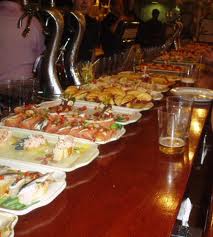
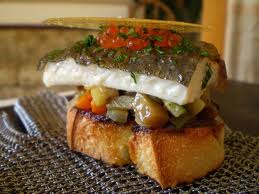
 Following with those places that you normally won´t visit when coming to the Basque Country, there´s a very special valley located in the province of Araba. It´s an inner
Following with those places that you normally won´t visit when coming to the Basque Country, there´s a very special valley located in the province of Araba. It´s an inner
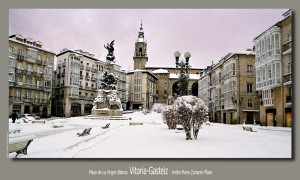 Vitoria-Gasteiz is considered the most livable city in Spain, due to its ample spaces, the high rate of trees per habitant, number of parks, low crime rate and high number of pedestrian areas. Its Old Quarter was declared a Protected Monument in 1997, and keeps the spirit of the old times. The restoration of the old cathedral, www.catedralvitoria.com, can be followed in a guided tour that explains the whole process and has won several awards as Best Restoration Project. Not far, you can have lunch at www.restauranteelportalon.com, a XV century building with a spectacular façade and a beautiful interior, and great food, of course!!. You can´t miss the excellent pintxos served at its many bars, many located in the pedestrian street Eduardo Dato (a popular one is www.sagartoki.es). And, on the way out of town, the sanctuary dedicated to the Virgin of Estibalitz, many girls are named after the matron saint of the province.
Vitoria-Gasteiz is considered the most livable city in Spain, due to its ample spaces, the high rate of trees per habitant, number of parks, low crime rate and high number of pedestrian areas. Its Old Quarter was declared a Protected Monument in 1997, and keeps the spirit of the old times. The restoration of the old cathedral, www.catedralvitoria.com, can be followed in a guided tour that explains the whole process and has won several awards as Best Restoration Project. Not far, you can have lunch at www.restauranteelportalon.com, a XV century building with a spectacular façade and a beautiful interior, and great food, of course!!. You can´t miss the excellent pintxos served at its many bars, many located in the pedestrian street Eduardo Dato (a popular one is www.sagartoki.es). And, on the way out of town, the sanctuary dedicated to the Virgin of Estibalitz, many girls are named after the matron saint of the province.